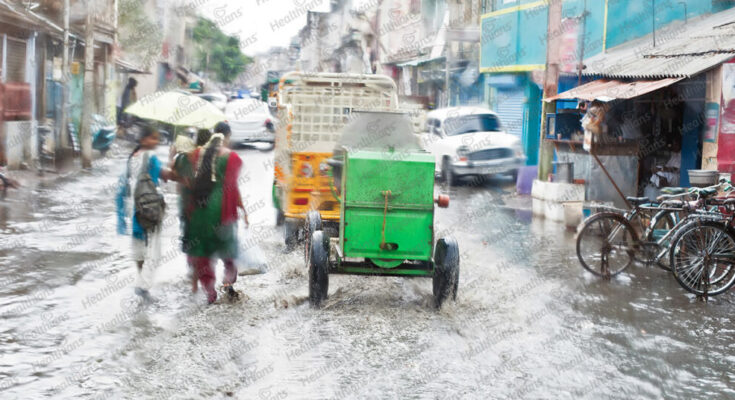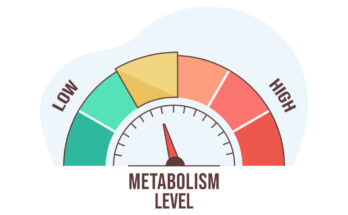While monsoons can provide a breath of fresh air from the scorching summer heat, they can wreak havoc too. Who would know it better than the people who have experienced floods? Life comes to a standstill, there is chaos everywhere. The lifestyle is affected, financial burdens increase and lives can be greatly disrupted.
Right now, the country is facing a similar situation. Several parts of India are flooded due to heavy rainfall. If you are experiencing it for the first time, it is only natural to be unaware of the right things to do. It is essential to follow certain health precautions to ensure that you and your loved ones stay safe and sound during floods.
Hence, here are a few tips you can use and health precautions you can follow if you are living in flood-affected areas.
What to do before floods
- Stay updated. Keep a tab on the latest news and government advisories.
- If you are living in a low-lying area, be aware of the high grounds and evacuation routes.
- Keep your electrical devices fully charged. The last thing you would want is for your phone battery to run out when you need it the most. While you are at it, try to save battery as well. Do not use your phones unnecessarily to save power. In addition, make use of your phone’s battery optimisation features.
- Collect important documents such as ID proofs, address proofs, birth certificates, and mark sheets. Store these in plastic folders, and keep them well-sealed. Ensure you have digital copies as well.
- Make an emergency kit. Here is what your emergency kit must contain:
- Non-perishable food and water (ensure it is at least a 5-day supply and refrain from consuming spicy and salty food that increases your need to drink water)
- Prescription medicine
- Battery-operated torch with additional batteries
- First-aid box
- Ropes and cords
- Knife
What to do during floods
Ensure that all your utilities and the main power switches are off. Ensure the same for your main gas valve to prevent electrocution and short-circuits.
Elevate goods and furniture.
Do not touch or be near electrical equipment if you are standing in water or are wet.
Block toilet bowels and drain holes with sandbags to prevent the backflow of sewage.
What to do after floods
- Wear waterproof clothing, footwear if you are entering a flooded area. Avoid exposure if unnecessary. Floodwaters can be dangerous for health and may lead to injuries. Ensure you have a stick with you to measure the water level before you step in.
- Use chlorinated or properly boiled water for drinking.
- Throw away food items that came in contact with floodwater.
- Return to your home only after getting approval from the authorities.
- Practice safe cleaning. Wash objects with hot water if they are contaminated by flood water.
- Take measures to prevent mosquito breeding that can cause diseases such as dengue and malaria. Try draining out the water, and wear full-sleeve clothes to prevent mosquito bites. Wear mosquito repellent as well.
- If you come across a dead animal or bird, inform the authorities for safe disposal.
- Seek medical help if you come across anyone developing fever or diarrhoea.
- Wash your hands with soap if you come in contact with flood water.
- Look for fungal growth. Throw out anything that has fungal growth.
- Fix leaks in walls and roofs.
- Increase ventilation. Switch on fans to dry wet areas. Ensure you position fans to blow air out of the windows and doors.
- Clean all wet objects and surfaces with hot water.
- Open windows if you are using bleach to clean.
- Keep generators and inverters at least 20 feet away from doors, windows and vents.
Closing thoughts
When faced with a flood alert in your area, taking essential health precautions is of utmost importance to ensure the well-being and safety of yourself and your loved ones.
Remember, preparation, vigilance, and timely action are key to staying healthy and resilient during such challenging times. By staying informed, taking necessary precautions, and supporting one another, we can navigate through flood emergencies while prioritising our health and well-being. Together, we can build stronger, healthier communities in the face of adversity.
Source link



